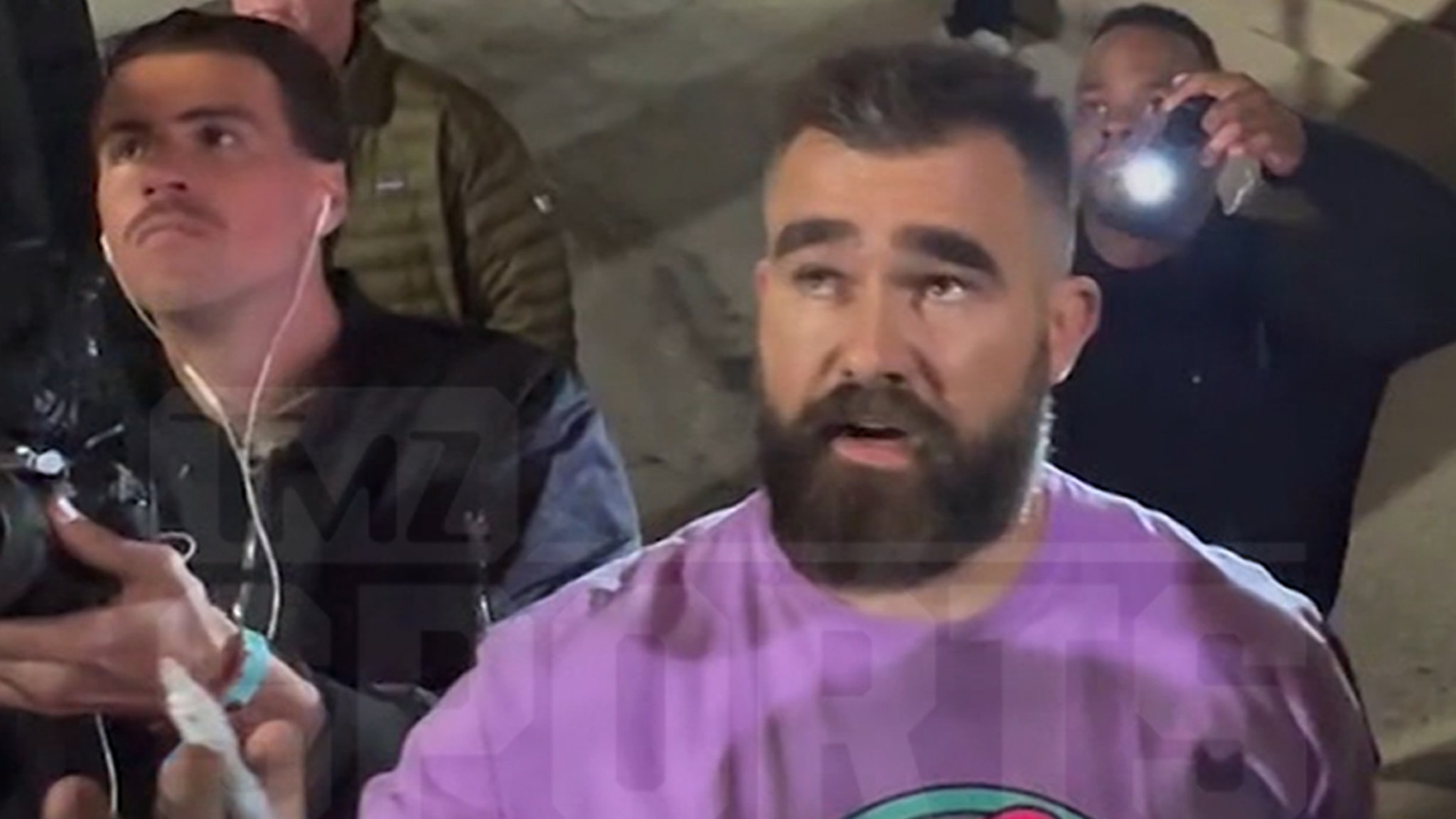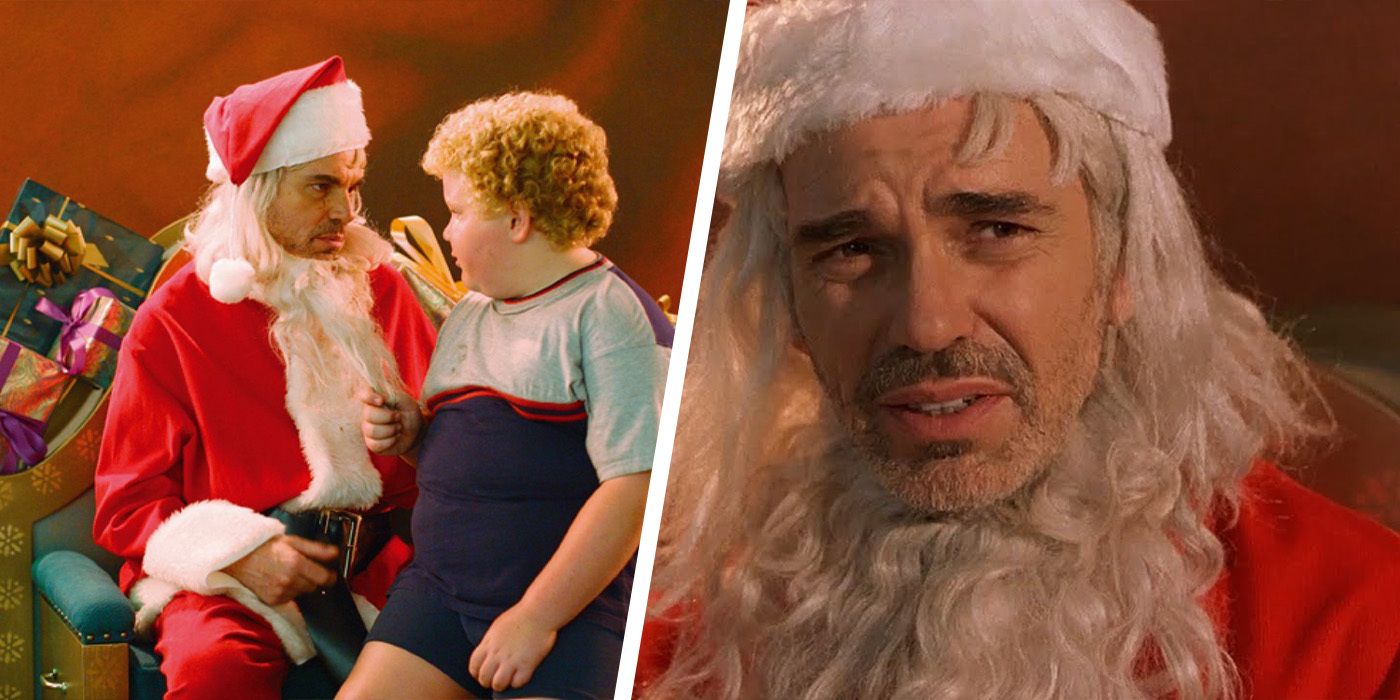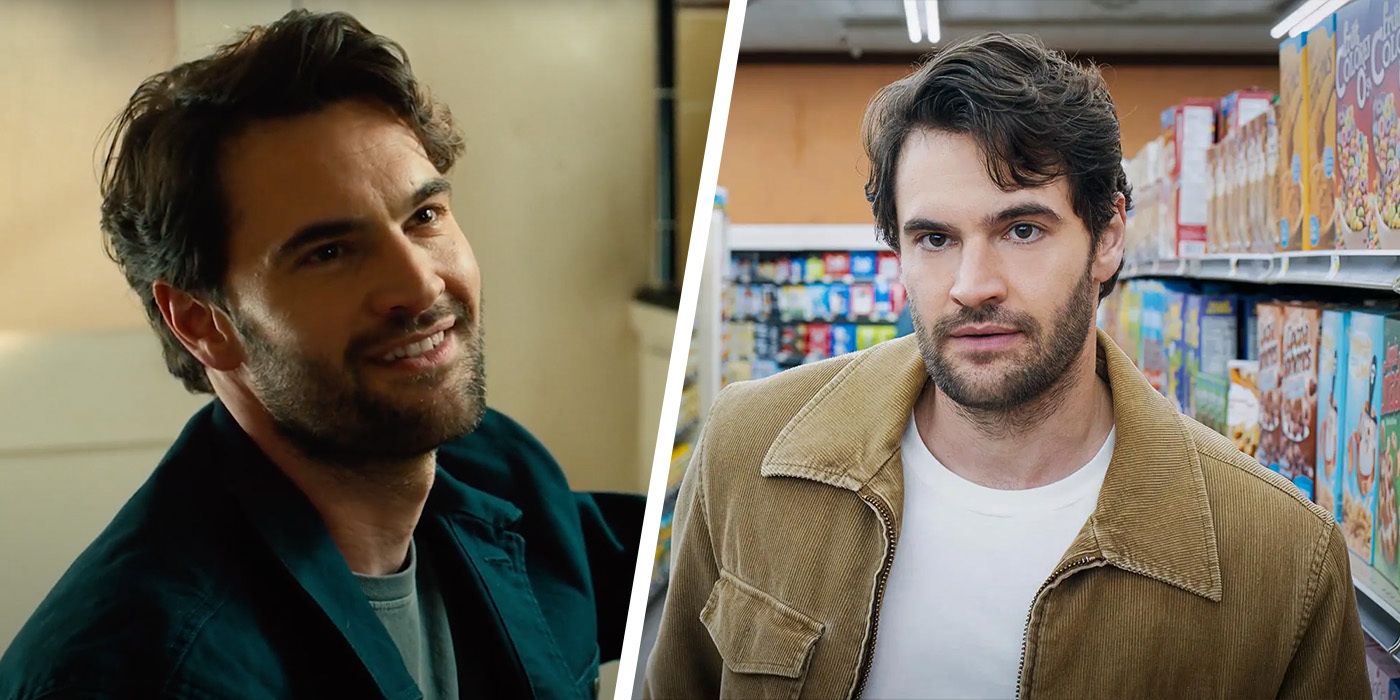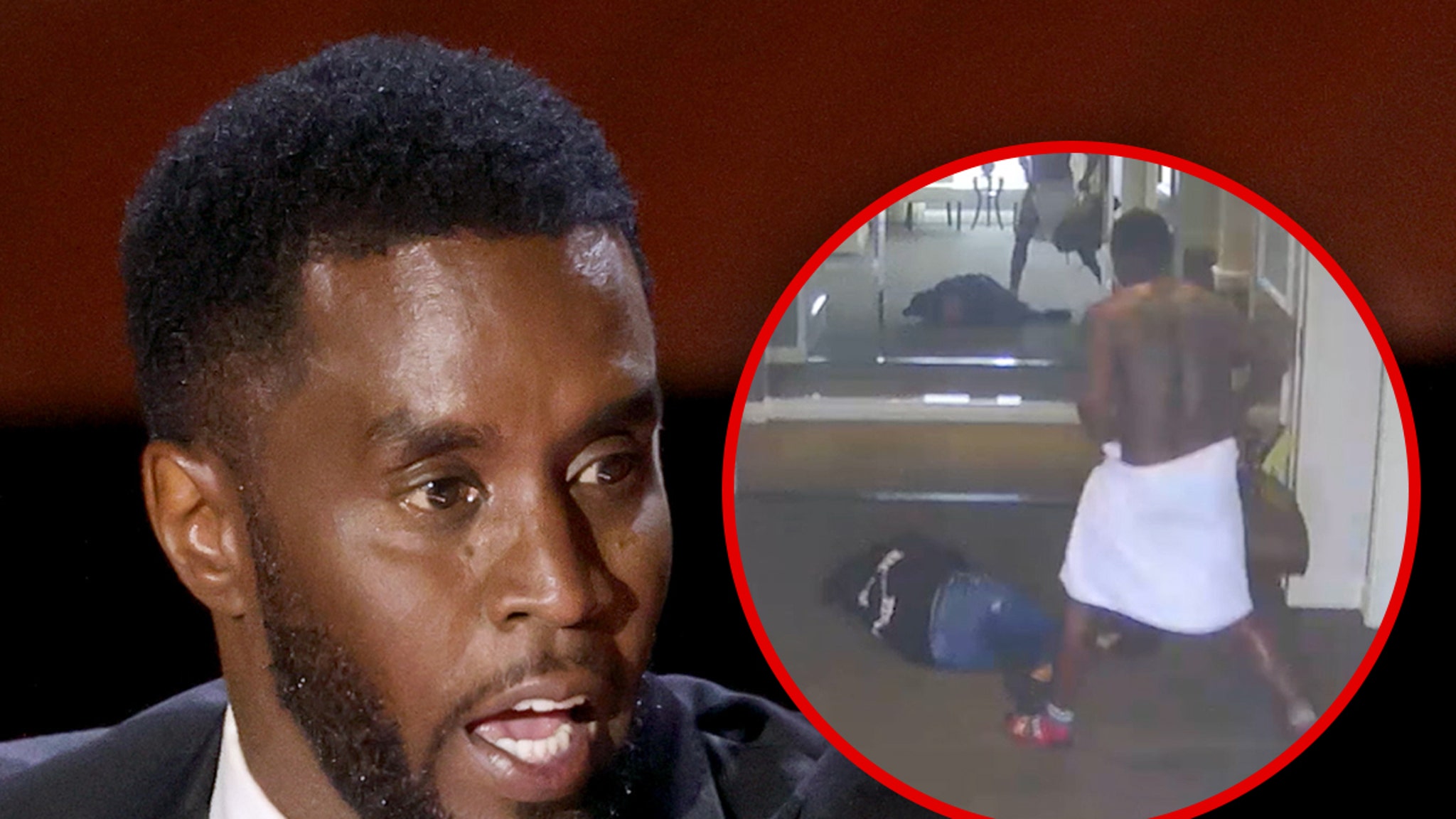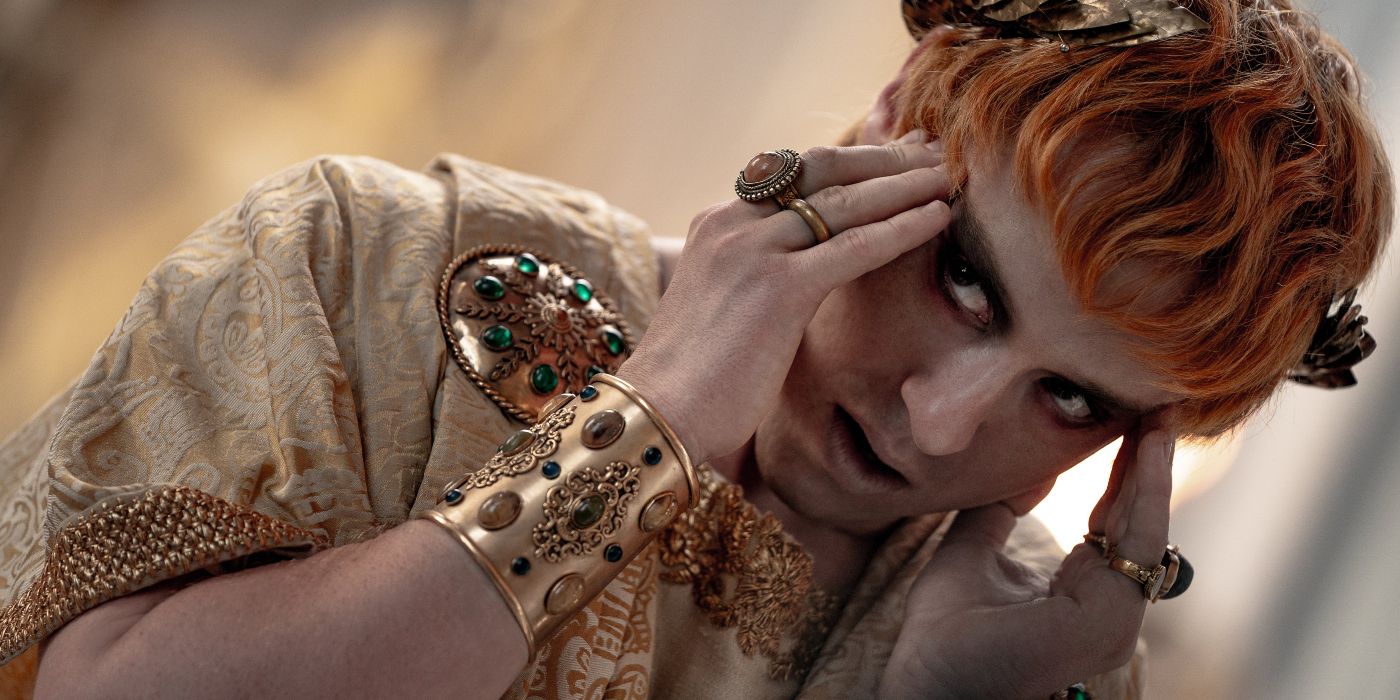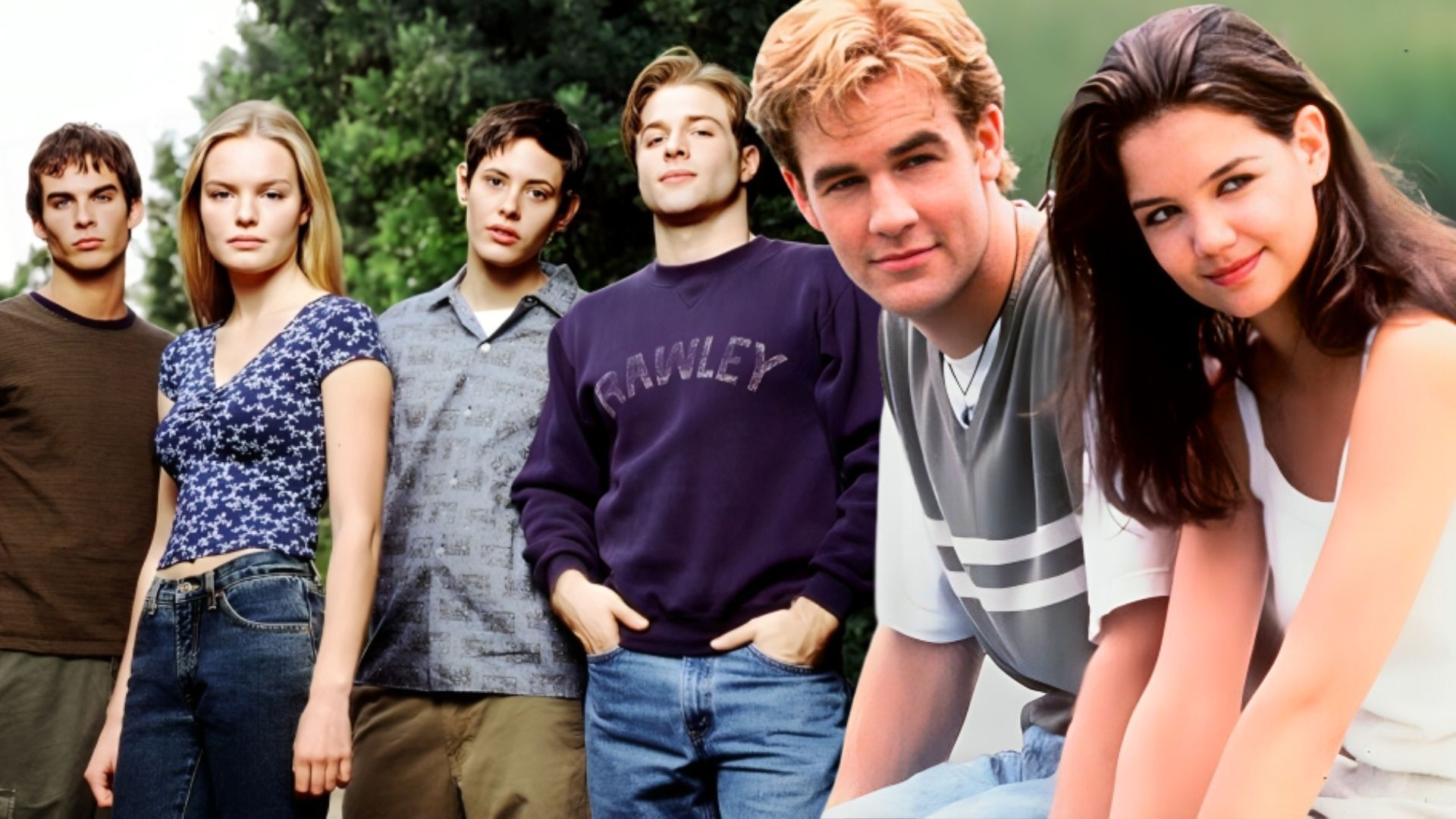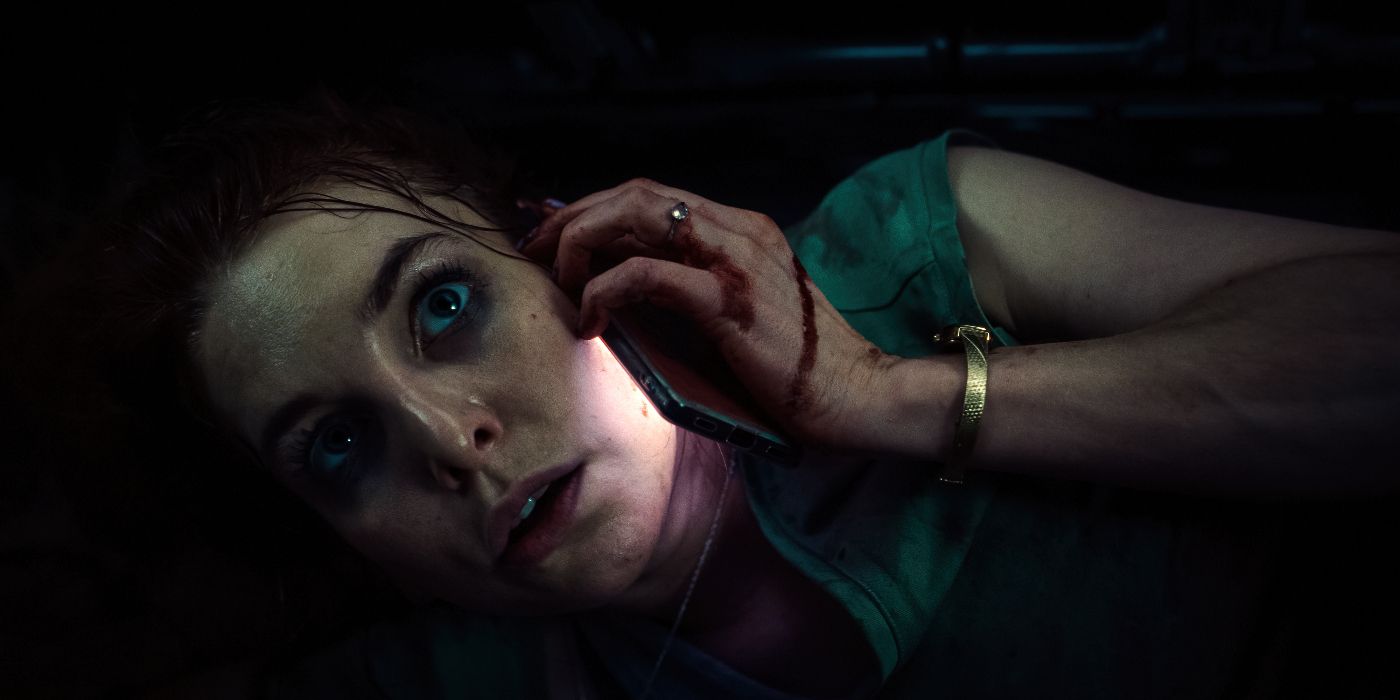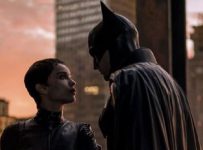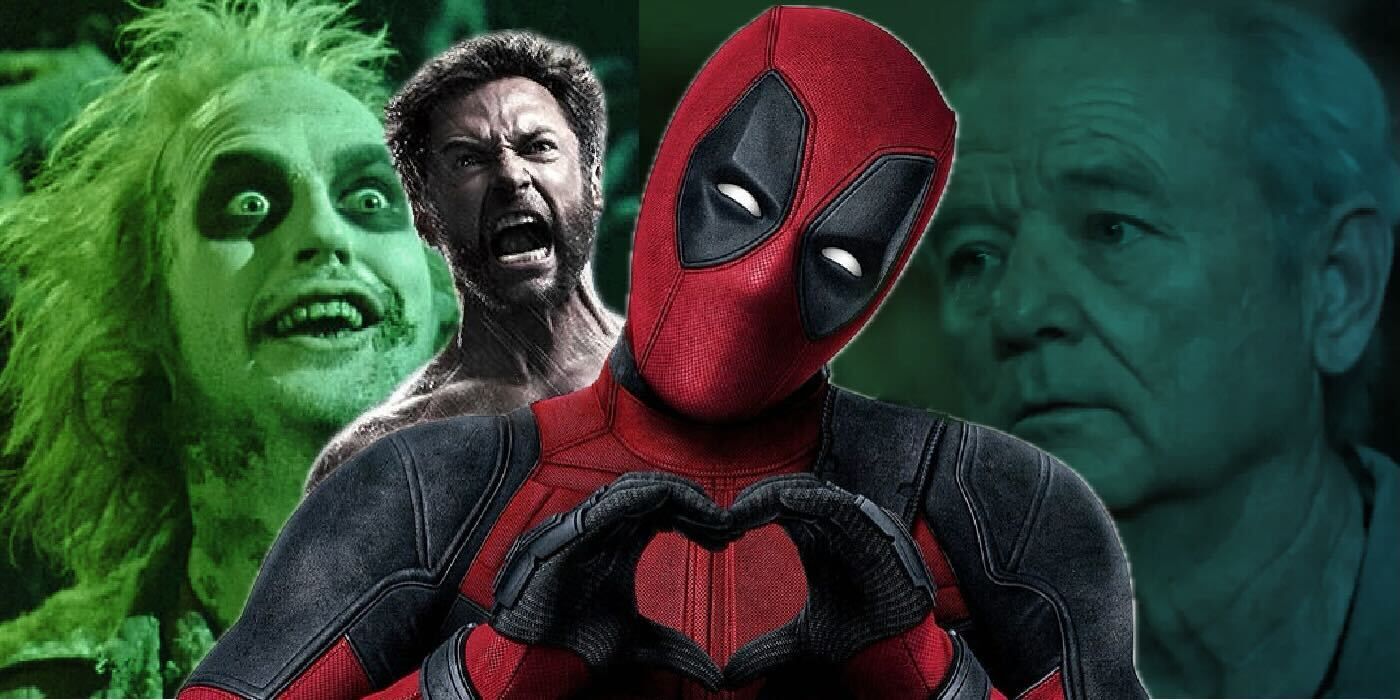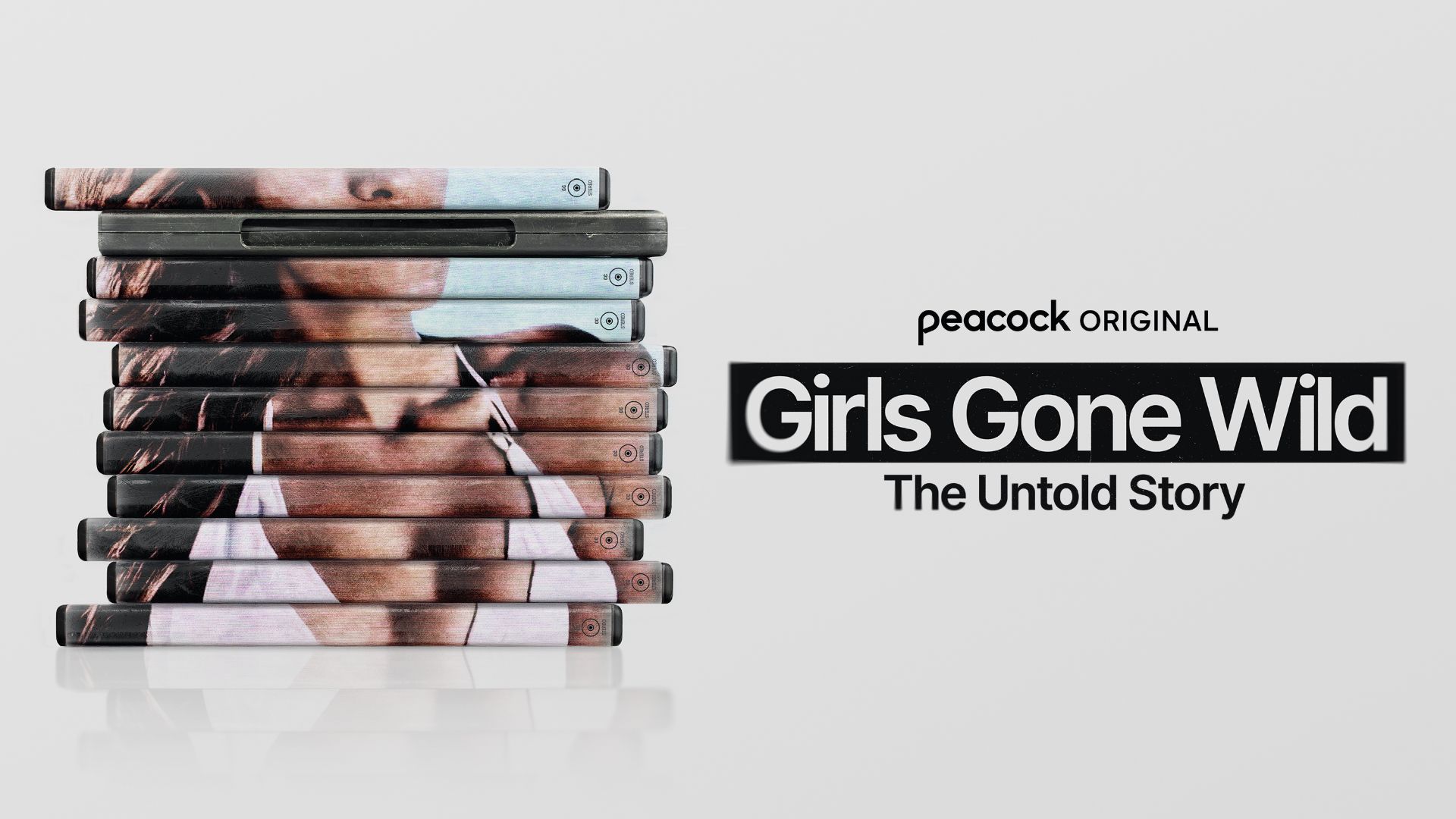This is an unrelentingly gripping and often disturbing film that dares to visualize (with taste and restraint) some of the vilest behavior our species is capable of, and take full measure of the psychic damage it inflicts on innocent victims. But it’s not a wallow in pain, because the survivors control of every part of the exercise and lean on each other for support and inspiration throughout.
And even though perhaps a third of “Procession” consists of re-creations, and the rest is about the artistic, logistical, and psychological prep work required to get the survivors in the right headspace to work their magic, you never feel as if the movie is trying to fool you into thinking that drama is fact. It’s transparent about what it’s doing (more of a record of what happened during a filmmaking workshop than a traditional biographical doc) and there’s never any danger that the audience will lose its bearings. Greene, who also edited the movie, constantly shows the lights and scrims and boom microphones and other signifiers of artificiality or dramatization, and keeps cross-cutting between re-creations of scenes. The survivors direct, perform, or assist in their creation, the better to illustrate what’s happening to these men emotionally as they try to use art to reclaim their worst experiences and enjoy the rest of their lives.
“Procession” is the culmination of Greene’s boundary-blurring features, which include “Bisbee ’17,” “Actress,” “Kate Plays Christine,” and the one with the title that kinda sums it all up: the 2011 wrestling documentary “Fake It So Real.” “Actress,” which followed “The Wire” actress Brandy Burre as she tried to re-enter the business after briefly leaving it to raise a family, was filled with what Greene called “composed indie-film moments” that were supposed to have a “poetic” function, getting at a deeper and more elusive truth without confusing the audience into thinking they were seeing something that spontaneously happened. “Procession” has more such moments and images than can be recounted here, some seemingly picked out by Greene and his crew on-the-fly (such as Mike contorting and bouncing on a basement rec-room couch to “Behind Blue Eyes”) and others devised by the survivors, who draw in such diverse influences as the supernatural horror film, the theatrical psychodrama, and Bob Fosse’s autobiographical musical-fantasia “All That Jazz.” (A re-enactment of the moment right before a violation occurred in a priest’s bedroom is filmed on a stylized stage set where the props, furniture, walls and floor have been spray-painted heavenly white; it’s reminiscent of the purgatorial interview scenes in Fosse’s movie where the hero justifies himself to the Angel of Death.)
Greene’s approach conjures up a lot of secondary resonances and notions along the way, including the extent to which all identity is constructed and then performed, and the eerie way in which life keeps serving up symbols and metaphors that we might criticize for being too on-the-nose if we encountered them in fiction (such as Laurine’s fixation on an accidentally broken fishing rod given to him by one of the priests who raped him in the lake house). But it is to Greene’s great credit that these never overwhelm the main point of the project, which is to heal and make whole six men who were betrayed by an institution that was supposed to be a force for good in their lives. Greene does not treat them as passive objects to be pitied, but empowers them through art.
In limited theatrical release today and premiering on Netflix on November 19th.
You can view the original article HERE.

